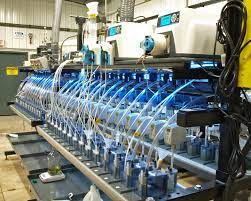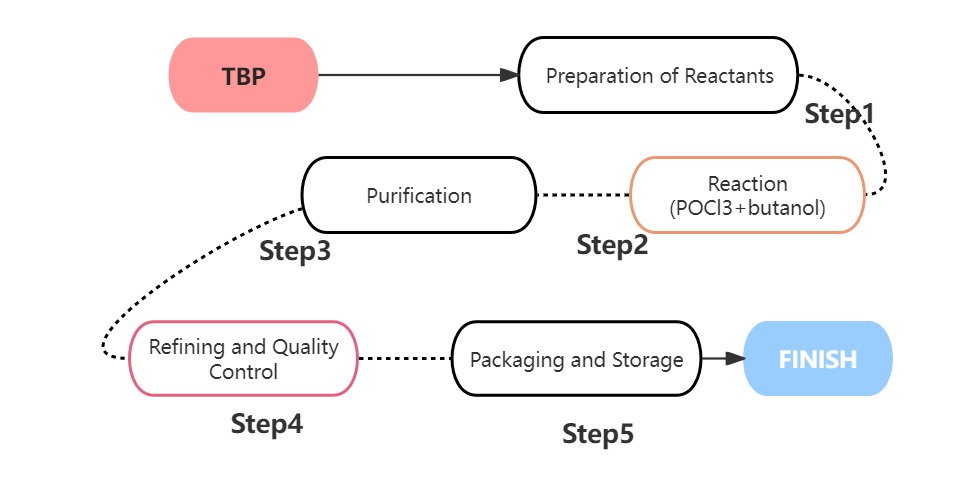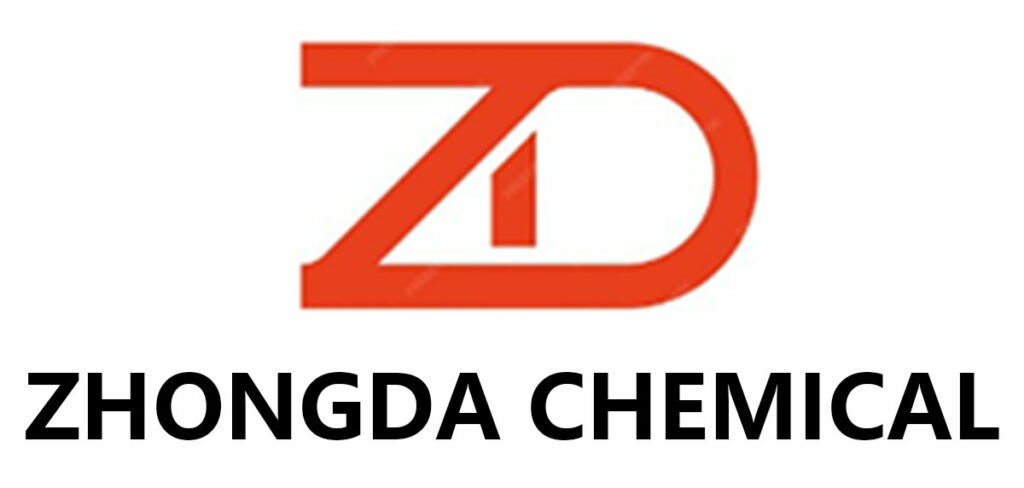Structure:
| Ausgesinn | Colorless to slightly light yellow liquid |
| Formel | C12H27O4P |
| CAS Nr. | 126-73-8 |
| EC Nr. | 204-800-2 |
| HS CODE | 2919900020 |
| Content (%) | ≥99 |
| Dicht (20 ℃) g/ml | 0.978 |
| Acid Value(mgKOH/g) | 0.068 |
| Water(H2O)% | ≤0.12 |
| Melting Point | -80 °C(193 K) |
| Boiling Point | 289 °C(562 K) |
| Synonyme | Phosphoric acid, tri-n-butyl ester; tri-n-butyl phosphate; Butyl phosphate; Phosphoric acid tributyl ester; celluphos 4; TBP; n-Butyl Phosphate |
TBP is an effective solvent for a wide range of organic compounds. It is miscible with
various organic solvents, including hydrocarbons, alcohols,and ethers. This makes it
suitable for use in extraction processes, where it can selectively dissolve and extract
specific compounds from mixtures
TBP has a high affinity for metal ions, particularly those with high charge densities.
It forms stable complexes with metal ions, enabling the extraction and separation
of metals from aqueous solutions. This property is extensively utilized in hydrometallurgy,
such as the extraction of uranium from uraniumore or the recovery of valuable metals
from spent nuclear fuel.
TBP exhibits flame-retardant properties, making it useful in applicationswhere fire
resistance is desired. It finds use as a flame retardant in plastics,polymers, and other
materials to improve their fire safety characteristics.



TBP is extensively used in the extraction and recovery of metal ions from ores, concentrates,
and aqueous solutions. It plays a crucial role in the production of nuclear fuel, where it
facilitates the extraction of uranium from uranium ore. It is also employed in the
reprocessing of spentnuclear fuel to recover valuable metals like uranium and plutonium.
TBP’s excellent solvent properties make it suitable for use in various extraction processes.
It is employed in the separation and purification of organic compounds, such as the
Extraktiounof rare earth elements, separation of organic acids, and purification of
pharmaceuticalintermediates.
Due to its flame-retardant properties, TBP is utilized in the production of flame-retardant
plastics, polymers, and coatings. It helps to reduce the flammability and improve the fire
safety of these materials.
TBP finds use as an anti-foaming agent, plasticizer, and wetting agent in industrial
applications. It can stabilize process fluids, reduce foam formation, and enhance the
performance of certain
manufacturing processes.

Phosphorus oxychloride (POCl3) and butanol (C4H9OH) are obtained as starting Materialien.
POCl3 is typically synthesized by the reaction of phosphorus trichloride (PCl3) with oxygen
or chlorine.
The reaction between POCl3 and butanol takes place in the presence of a catalyst, usually
a strong acid such as sulfuric acid (H2SO4). The reaction is an esterification process,
where the hydroxyl (-OH) group of butanol reacts with the phosphorusoxychloride to
form the ester, Tributyl Phosphate (TBP), along with the release of hydrogen chloride
(HCl) as a byproduct.
After the reaction, the crude TBP is obtained. It is typically a mixture of TBP, unreacted
butanol, and other impurities. The crude TBP is then subjected to purification steps to
remove these impurities. Purification techniques may include distillation, solvent extraction,
or other separation processes to obtain pure TBP.
The purified TBP is further refined to meet specific quality requirements. This may involve
additional purification steps, such as filtration or adsorption, to remove any remaining
impurities and ensure the desired purity of the final product. Quality control measures, such
as testing for chemical composition and physical properties, are employed to ensure that the
TBP meets the specified standards.
Once the TBP has been produced and refined, it is packaged into suitable containers, such as
drums or tank farm.
1. Incoming inspection: D'Haaptrei Matière première, such as phosphorus trichloride and n-butanol,
gi fir hiren Inhalt iwwerpréift, appearance and other main properties.
2. Feeding inspection: de Prinzip vun der Matière première fidderen ass éischt-an-éischt-eraus, and the appearance
of the main raw materials is randomly inspected according to whether there is a big change in the
storage conditions before feeding.
3. Batch sampling in the production process: Während der Produktioun Prozess, the main indexes of
each batch of products: Inhalt an sauerem Wäert gëtt dräimol a verschiddenen Zäitperioden iwwerpréift.
4. Storage Inspection: All Batch (6 tonnen) gëtt virum Lagerung iwwerpréift.
5. Outbound inspection: No der Quantitéit vun de Clienten gefuerdert, the products will be
sampled and inspected.
6. Pre-shipment inspection: no Client Ufuerderunge, third party inspection can be
carried out on the products before shipment.
Physical Appearance: Visual inspection
Purity Analysis:Gas chromatography (GC)
Acid Value:Potentiometric titration
Water Content:Moisture analyzers
Refractive Index:Refractometer
Density:Density meter

D'Firma verfollegt d'Konzept vun “kontinuéierlech Innovatioun, der Verfollegung vun éischt Klass”, an ass gewëllt auslännesch an auslännesch Clienten mat héichwäerteg Produkter an zefriddestellend Service ze bidden.